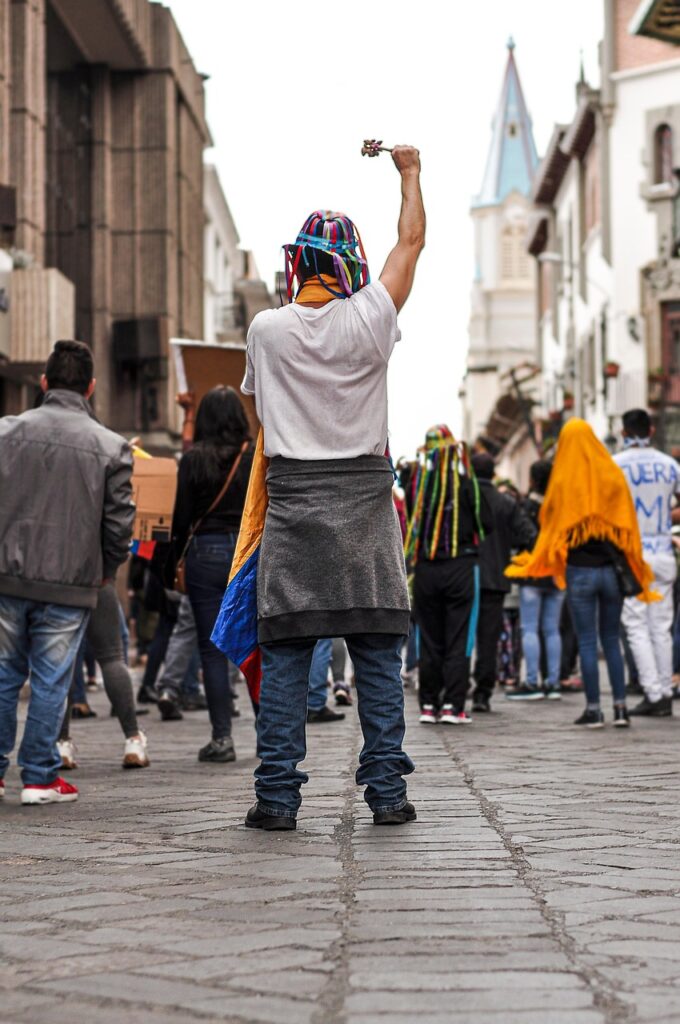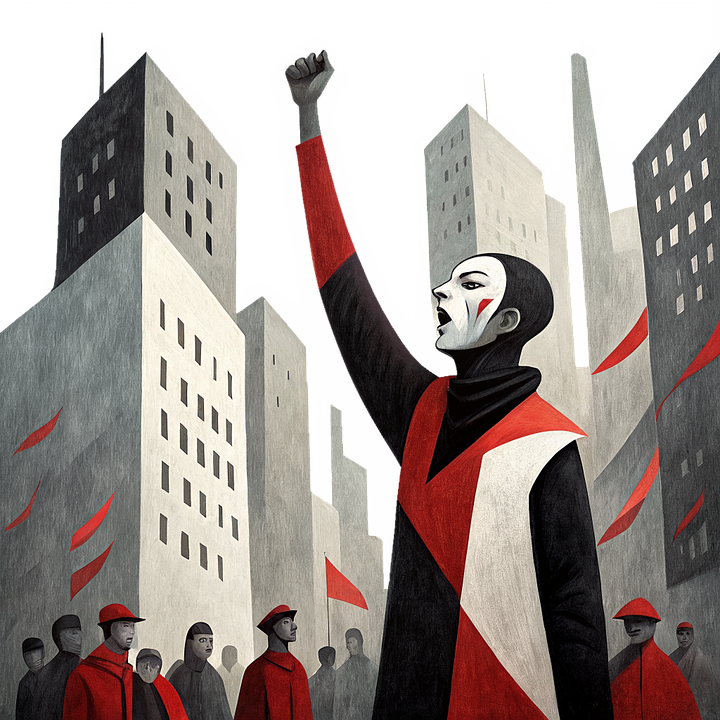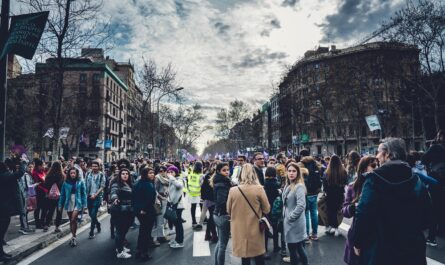The Nepal protests, Nepal protest news, Nepal protest today, Nepal youth protest, Nepal social media ban, Nepal corruption protest, Nepal government protest, Nepal violence, Nepal protest death toll, and Nepal Prime Minister resignation are dominating headlines across South Asia and beyond. What started as anger over a sudden Nepal social media ban quickly turned into a historic Nepal youth protest movement against corruption, misgovernance, and political stagnation. In this long-form article, we’ll humanize the story: why Nepal protests erupted, how Nepal protest violence has unfolded, what the Nepal protest death toll means for families, and what the Nepal Prime Minister resignation means for the country’s future.
Understanding the Roots of Nepal Protests
The Nepal protests didn’t come out of nowhere. For years, young people in Nepal have felt suffocated by corruption, unemployment, and lack of opportunities. A sudden Nepal social media ban on 26 platforms including Facebook, X, and YouTube was the spark. It angered millions who depend on social networks not just for entertainment, but also for education, small business, communication, and even family connections with the huge Nepali diaspora.
The Nepal government protest quickly grew beyond free speech. Citizens saw the social media ban as part of a larger problem: unchecked power, elite privilege, and deep-rooted corruption. The Nepal corruption protest gained momentum because ordinary people felt excluded while politicians enriched themselves.
The Role of Nepal Youth Protest in Shaping History
A striking feature of Nepal protests is the leading role of young people. This Nepal youth protest has been dubbed the “Gen Z movement.” Armed with smartphones, creativity, and frustration, they turned streets into platforms for their voices. Even after the Nepal social media ban, they found offline ways to organize: word of mouth, posters, and gatherings at schools and universities.
For many, this isn’t just politics it’s about their future. The Nepal protests show a young generation that refuses to be silent in the face of unemployment, rising living costs, and lack of accountability.
Nepal Protest Today: Timeline of Events
- September 4, 2025: The government imposed the controversial Nepal social media ban.
- September 8, 2025: The first major Nepal protests erupted in Kathmandu, Lalitpur, and Pokhara. Protesters clashed with police, leading to widespread Nepal violence. Reports of Nepal protest death toll began to emerge.
- September 9, 2025: The Nepal government protest spread across major cities. Police used tear gas and live ammunition in some areas.
- September 10–12, 2025: Public anger intensified as Nepal protest death toll rose. Families mourned lost children. Hospitals filled with hundreds of injured. The Nepal corruption protest slogans became louder.
- September 12, 2025: Facing pressure, the Prime Minister resigned. The Nepal Prime Minister resignation was celebrated on the streets but also raised uncertainty about what comes next.

Nepal Protest Death Toll: Human Lives Behind the Numbers
News outlets report at least 19–25 deaths from Nepal protest violence, with hundreds injured. But behind every number is a story. A university student who dreamed of becoming a doctor. A young father working in Kathmandu to support his family in a remote village. A daughter who loved music and was weeks away from graduating.
The Nepal protest death toll is not just a statistic; it’s a national wound. Funerals have become moments of solidarity, where families cry but also vow to keep pushing for justice.
Nepal Violence: How the State Responded
The Nepal government protest was met with a heavy hand. Police used rubber bullets, tear gas, and, in some reported cases, live fire. Videos circulated before the ban and through offline networks showing brutal crackdowns.
International rights groups have called the Nepal protest violence disproportionate. The government defended itself, saying it was necessary to maintain order. But for many citizens, the use of force only confirmed why the Nepal corruption protest is essential.
The Nepal Prime Minister Resignation: Relief or Uncertainty?
The Nepal Prime Minister resignation was seen as a major victory of the Nepal youth protest. For the first time in years, young people felt they had forced accountability at the highest level. Crowds chanted, waved flags, and shared emotional speeches about freedom and dignity.
Yet, uncertainty remains. Who will replace the Prime Minister? Will the same old political elite recycle themselves into power? The Nepal protests may have achieved a resignation, but the deeper issues of corruption, inequality, and poor governance remain.
Economic Costs of Nepal Government Protest
Nepal’s economy was already fragile. The Nepal protests disrupted business, transport, and tourism. Curfews were imposed in Kathmandu, Pokhara, and other cities. Shops closed, flights were delayed, and foreign visitors canceled trips.
Tourism one of Nepal’s biggest income sources could take months or years to recover. The Nepal protest violence created a perception of instability. Investors are cautious. Families relying on daily wages are hardest hit. For many, the Nepal corruption protest is not just political, it’s survival.
Global Reaction to Nepal Protest News
International media headlines highlighted the courage of Nepal youth protest participants. South Asian neighbors expressed concern, while human rights organizations condemned the Nepal social media ban.
The United Nations urged restraint and dialogue. Western governments signaled that continued aid to Nepal might depend on respecting civil liberties. The Nepal protest news became a symbol of a small country’s big struggle for democracy in a digital age.
Human Stories from Nepal Protests
- A young woman from Lalitpur said she joined the Nepal youth protest because her brother lost his job and had to migrate. “We are tired of leaders stealing opportunities from us,” she explained.
- A shopkeeper in Kathmandu closed his business during curfews. “I lost income for days, but I support the Nepal government protest because corruption has killed our business climate,” he said.
- Parents who lost children to Nepal protest violence carried photos of their loved ones at rallies, transforming grief into strength.
These voices humanize the Nepal protest death toll and remind us this is more than politics; it’s about people.
Lessons from Nepal Protests
- Digital freedom matters: The Nepal social media ban triggered outrage because people depend on these platforms for livelihood and connection.
- Youth are powerful: The Nepal youth protest shows that young citizens can reshape politics.
- Corruption has limits: The Nepal corruption protest demonstrates how much frustration has built up against unaccountable leadership.
- Change is possible: The Nepal Prime Minister resignation is proof that protests can bring results, though deeper reform requires persistence.
The Future of Nepal After Protests
The question now: what next? The Nepal protests achieved a Prime Minister resignation, but will that bring structural reform?
- Will anti-corruption reforms be implemented?
- Will Nepal violence continue if protesters feel betrayed?
- Can the Nepal youth protest sustain its momentum and push for elections or constitutional changes?
Nepal stands at a crossroads. Either it transforms this moment into genuine democratic renewal, or it slips back into cycles of protests, repression, and resignation.
Final Thoughts
The Nepal protests, Nepal protest today, Nepal youth protest, Nepal corruption protest, and Nepal Prime Minister resignation are not isolated events. They are part of a bigger story of a young generation demanding dignity, fairness, and hope.
The Nepal protest death toll is a tragic reminder of the cost of freedom. The Nepal protest news will continue to shape conversations across South Asia and the world.
For now, the Nepal government protest has shaken the political elite and given ordinary citizens especially the youth a sense that their voices matter. Whether this leads to lasting change depends on what happens in the months ahead.


